Tempel van de Stadsgod van Suzhou - Ticketprijs, openingstijden, locatie en hoogtepunten
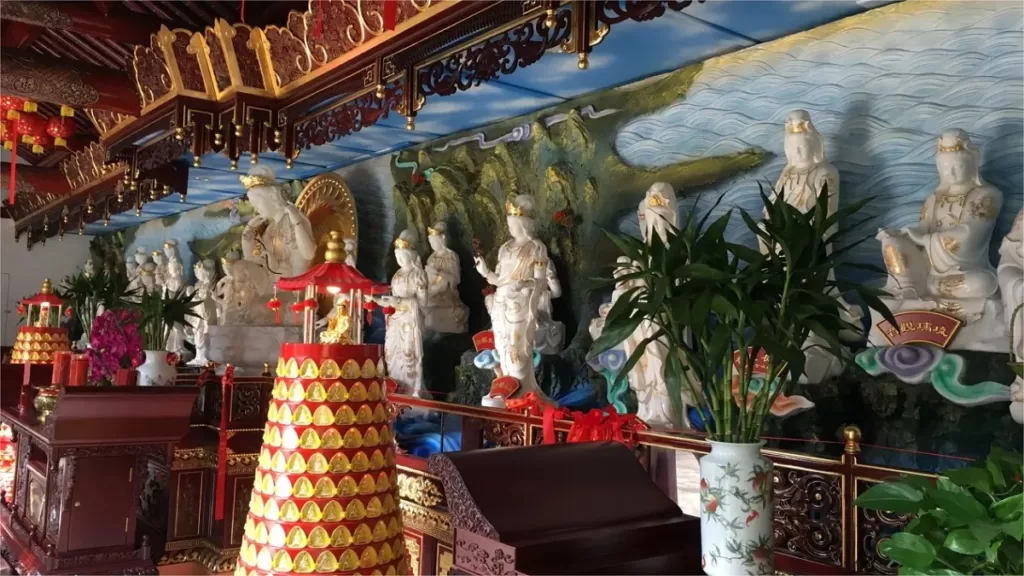

Suzhou City God Temple (苏州城隍庙, Chenghuang Temple), located in the heart of Suzhou, is just a few hundred meters away from the bustling Guanqian Street, easily accessible on foot. In contrast to the lively atmosphere of Guanqian Street, the temple offers a relatively serene retreat.
The origins of Suzhou City God Temple date back to the Song and Yuan dynasties, though it suffered destruction multiple times during periods of war. The existing structures were built during the Ming Dynasty and stand on the former site of the Yongxi Temple. Legend has it that this location was once the residence of Zhou Yu, a prominent figure during the Three Kingdoms period.
Inhoudsopgave
- Basisinformatie
- Locatie en vervoer
- Layout of Suzhou City God Temple
- Vlog about Suzhou City God Temple
- Attractions near Suzhou City God Temple
- Andere tempels in Suzhou
Basisinformatie
| Geschatte lengte van de tour | 0,5 - 1 uur |
| Ticket Prijs | Gratis |
| Openingstijden | 7.30 - 17.00 |
| Telefoonnummer | 0086-0512-65155897 |
Locatie en vervoer
The Suzhou City God Temple, a place of profound historical and spiritual significance, is gracefully situated within the heart of Suzhou, a city renowned for its elegance, beauty, and cultural heritage. Its exact address is No. 94, Jingde Road, Gusu District, Suzhou, Jiangsu Province. To get there, you can choose the following ways:
Bus: Take bus 33, 54, 262, 301, 305, 313, 602, 811, 933, 9007, or 9029, get off at Chayuanchang Stop (察院场站), and you will be standing at south gate of the temple.
Metro: The closest metro station to Suzhou City God Temple is Chayuanchang (察院场) on line 4. After getting out of the station from Exit 1A, walk about 200 meters to the west to reach the temple.
Layout of Suzhou City God Temple
The temple’s entrance, situated along the roadside, features the typical architectural style of Jiangnan temples with black tiles and yellow walls. Four prominent characters, “功德昭彰” (manifesting great merits and virtues), are inscribed above the entrance. The main hall houses the protective deity, flanked by statues of Cihang Daoren and Wen Chang Di Jun on either side. Whether seeking general blessings or specific requests such as success in exams or civil service, devotees can find solace upon entering the first hall.
Upon moving further into the temple complex, visitors encounter the Hall of the God of Wealth on the left and the Hall of Guanyin on the right. The statues in these halls are newly sculpted, reflecting a contemporary and grounded arrangement.
Proceeding towards the rear, one discovers a cruciform building dating back to the Ming Dynasty, the sole surviving early Ming period hall in Suzhou. The main hall venerates Cheng Huang Ye (City God), while the rear hall is dedicated to Cheng Huang Niang Niang (City God’s wife), with a connecting corridor featuring altars for deities like Yue Lao.
Cheng Huang, sometimes referred to as Cheng Huang Ye, holds significant importance in ancient Chinese religious culture as a widely venerated guardian deity of cities. Often embodied by local heroes or officials who contributed significantly to the welfare of the populace, Cheng Huang is the protective god of city walls in both folk religion and Taoism. The Cheng Huang Ye of Suzhou is identified as Chun Shen Jun Huang Xie, who was enfeoffed in the Wu region during the Spring and Autumn period. His benevolence is said to have bestowed many blessings upon the local residents, a legacy that endures to this day.
Moving further, the temple features the Tai Sui Hall, where the guardian deity of the twelve Chinese zodiac signs is worshipped. This hall is a recent addition to the complex.
A notable feature of Suzhou City God Temple is the “Three Horizontals and Four Verticals Map” stele, situated on the western wall of the rear hall of the cruciform building. Carved during the Qing Dynasty in the second year of Jiaqing, the stele depicts a detailed map of Suzhou’s river system, highlighting the “Three Horizontals and Four Verticals” – seven main waterways traversing the entire city. The map also marks the locations of city walls, important bridges, temples, and government offices, vividly portraying Suzhou’s water cityscape during the mid-Qing period.
In historical photographs, a regrettable absence is noted – the removal of a memorial archway in front of Suzhou City God Temple during the widening of Jingde Road. Despite this loss, the temple stands as a testament to Suzhou’s rich history and cultural heritage, inviting visitors to explore its serene ambiance and discover the tales woven into its ancient stones.
Vlog about Suzhou City God Temple
Attractions near Suzhou City God Temple

Pingjiang Road, Suzhou
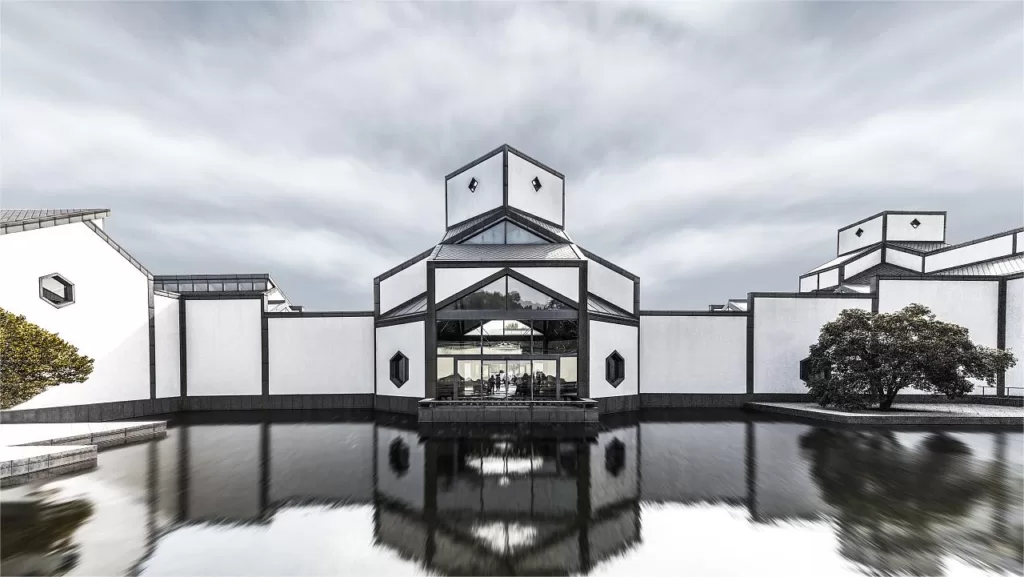
Suzhou Museum

Tuin Lion Grove
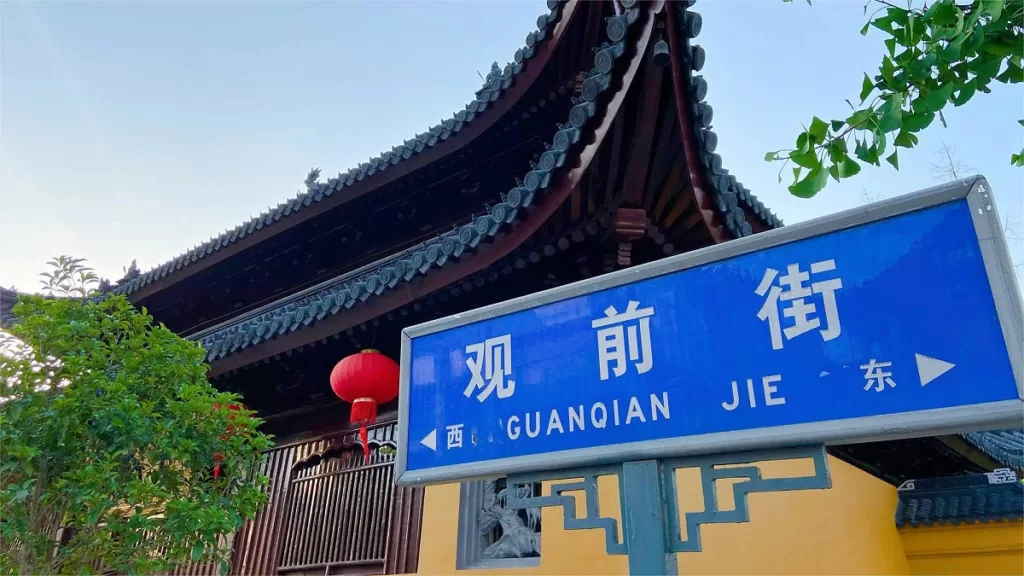
Guanqian straat, Suzhou

Suzhou Pingtan Museum

De tuin van de nederige beheerder

Suzhou Kunqu Operamuseum

Ouyuan tuin
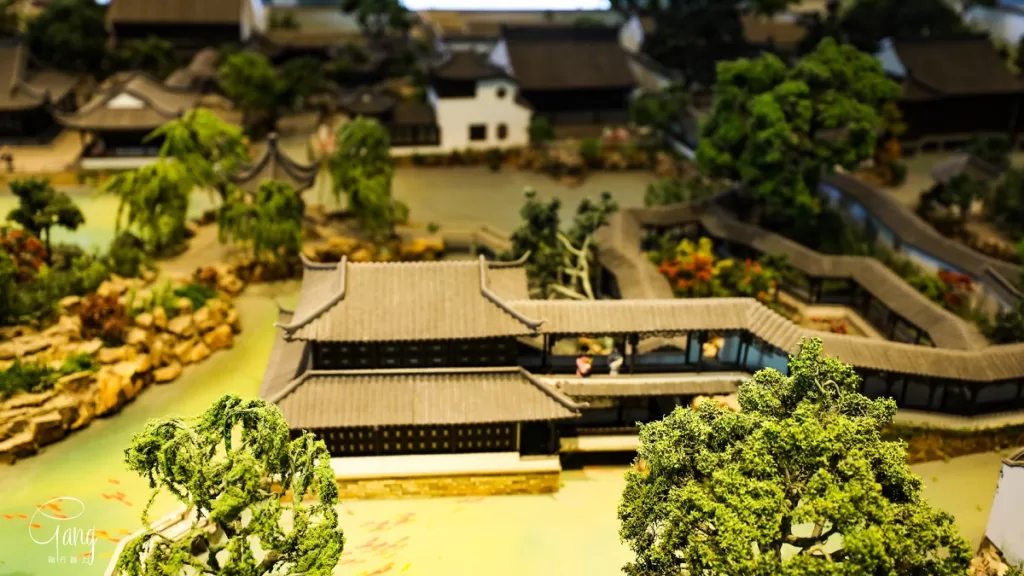
Suzhou Tuin Museum

Xuanmiao Tempel, Suzhou
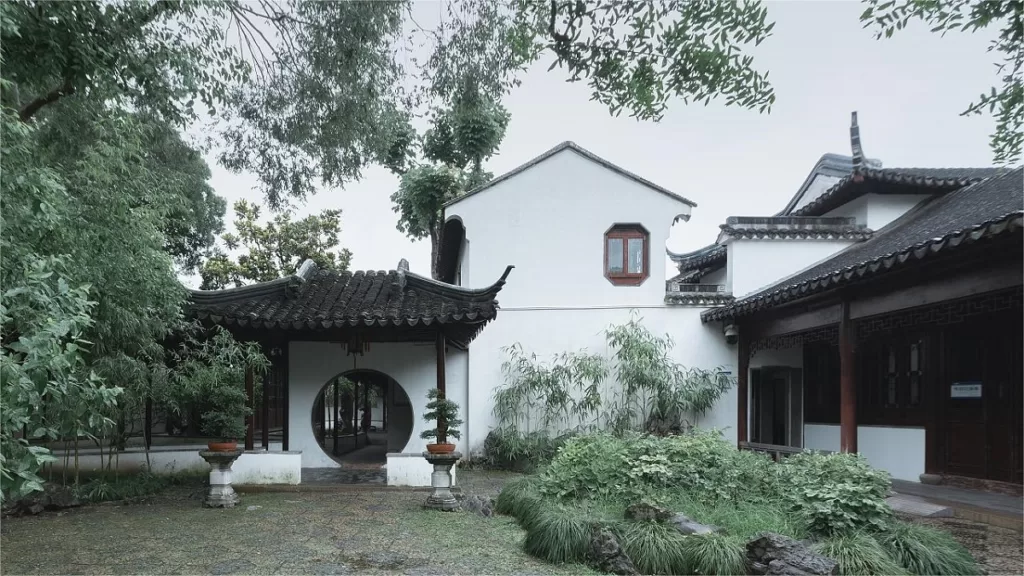
Yiyuan-tuin, Suzhou
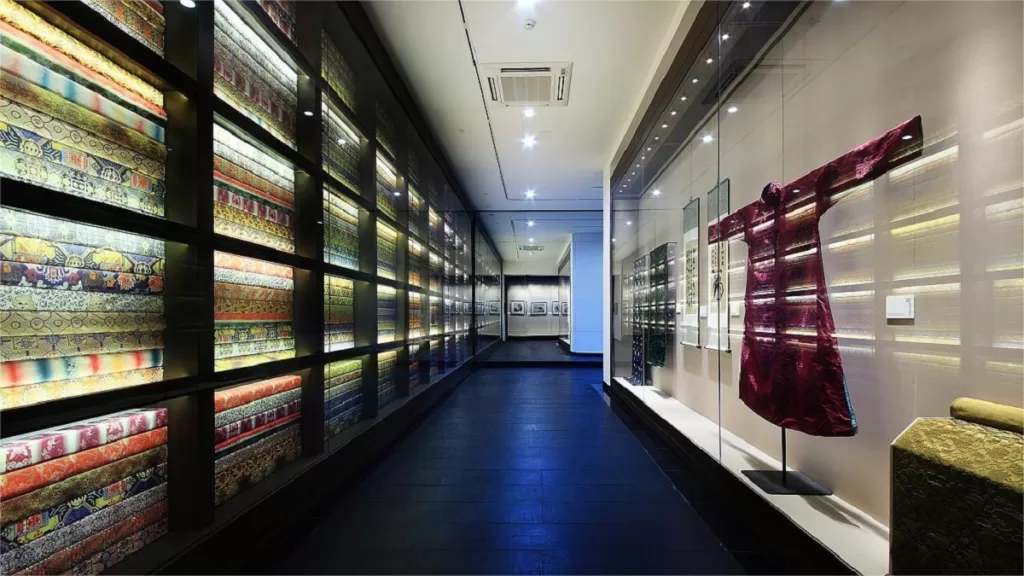
Suzhou Zijde Museum

Taipingtianguo Zhongwang herenhuis
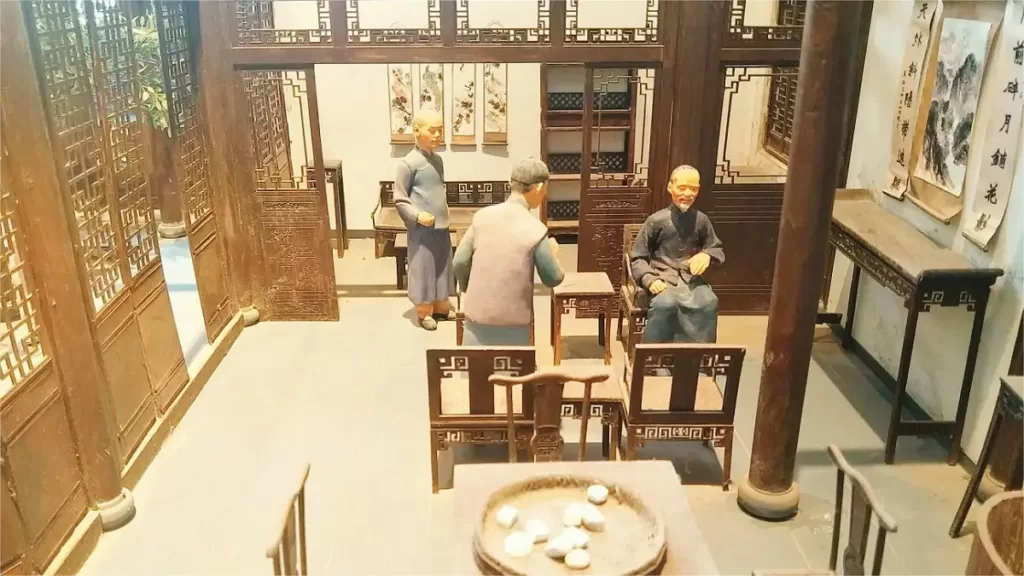
Suzhou Volksgewoonten Museum
Andere tempels in Suzhou

Suzhou Hanshan Tempel
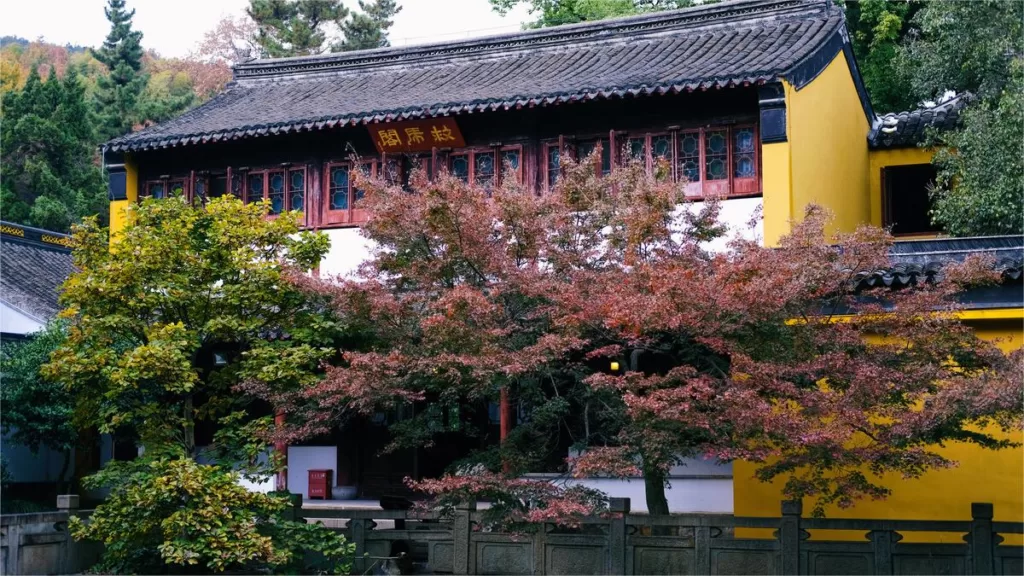
Xingfu Tempel

Baosheng Tempel

Chongyuan Tempel
Jiangsu historische plaatsen, Attracties in Suzhou